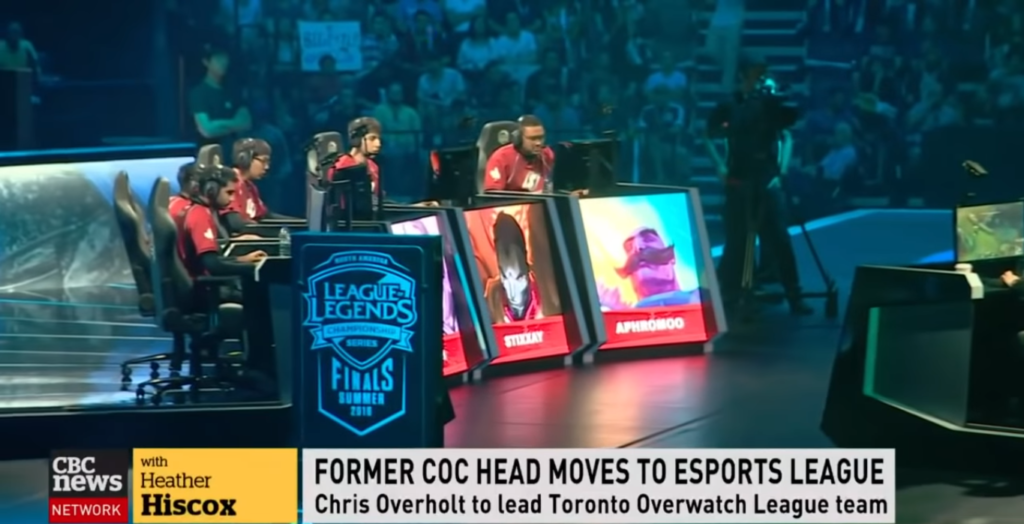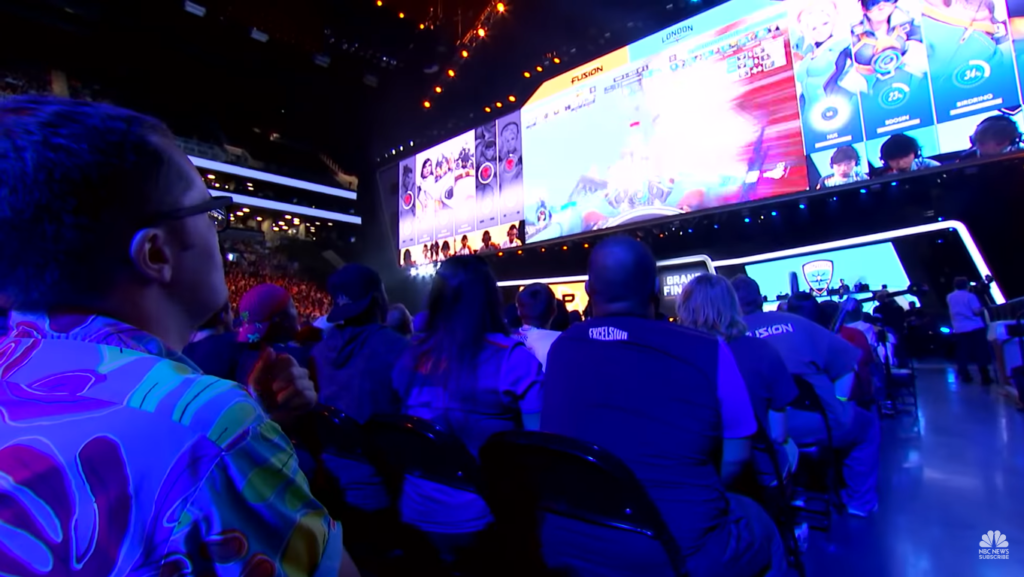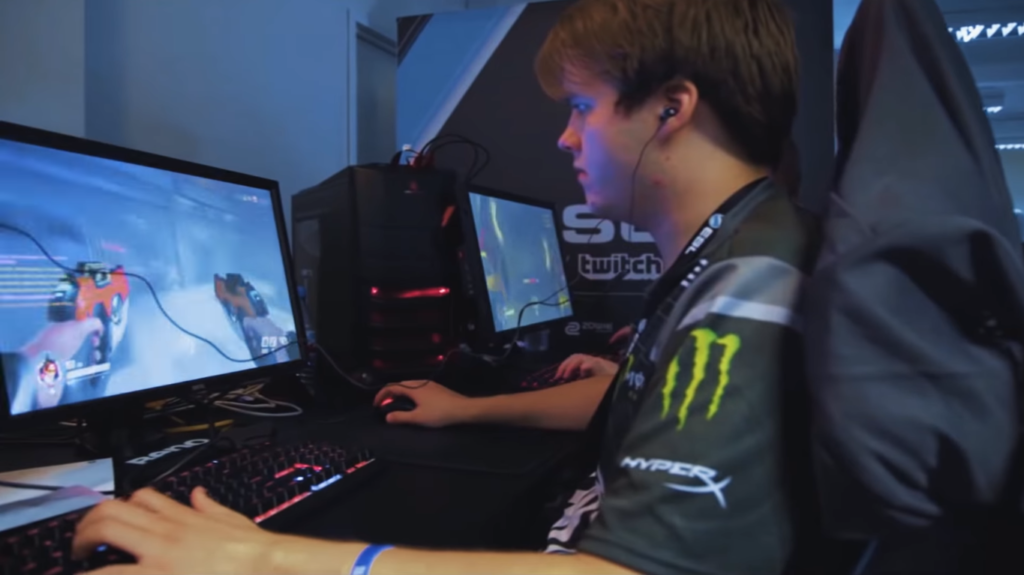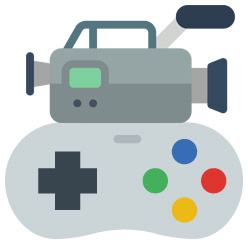It lived exclusively in the Internet for a while but success and incomes completely changed the game. Television is interested in esports industries but doesn’t know how to work with it most effectively yet. Let’s take a look onto the most interesting and remarkable interactions of esports and television.

First Marks
Eastern countries were pioneers of esports topics adapted for TV’s. At early 2000’s WCG tournament series appeared on big TV-channels of South Korea. In Europe, serious esports broadcasts began in Sweden first. The TV6 channel regularly shows Stockholm DreamHack tournament events, CS:GO majors and The International.
It should be mentioned, that the initiative to do that was not their own: the contract between the provider and local government had the obligatory point to show the competition on local TV channels. The initiative was successful, and more than 100 DreamHack matches were shown since that time already.
Development of Esports on TV
In South Korea, USA, Sweden and China where virtual sports develop perfectly and use support of fans and governments, channels and TV-shows touching the topic are not rare. One of examples: esportsTV channel from ESL. The channel is available after the subscription for various digital platforms like: Skylink, Viasat, Canal Digital, etc. This allows it to appear on TV-screens of Baltic and Scandinavian countries, Africa, some European countries and the USA. Viewers can watch ESL One, IEM and Pro League tournaments.
Disney became one of the greatest “family” esports distributors. On channels like Disney XD, ABC and ESPN there appear broadcasts showing the Overwatch League, EVO series competitions, and Injustice 2 tournaments. Together with Nintendo, the corporation launched series of TV-shows devoted to Nintendo Switch family competitions where children and parents play Super Mario Odyssey and Just Dance 2018 together.
Thanks to the cooperation with ESL and Riot Games, the ESPN broadcasting network got expanded with matches of North American League Championship Series and ESL One, Pro League and IEM tournaments. One of the greatest Disney’s competitors, the Nickelodeon channel, added esports content to their assortment, too. They invested $15 million to develop the Super Gaming League for Minecraft and some other disciplines to broadcast matches on the TV-channel.
Negative cases exist, too. The Czech COOL channel decided to show all 84 matches of the DreamLeague season 2. But they failed to attract enough viewers and never came back to esports.

What Can Prevent Esports from Development on TV?
Esports develop rapidly in terms of incomes and audience numbers. Still, these factors do not guarantee its success on TV channels. There are some reasons that might prevent it:
- “Another” audience. Mostly, people who watch TV are at their 35 or older while esports are interesting for younger ones. Fans are used to search for interesting contents on Twitch, Facebook, YouTube and other platforms. They don’t have enough motivation to switch TV-sets on for that yet.
- Different formats. People watching esports tournaments are used to the possibility to communicate with commentators and other viewers via chats. TV can’t offer such interaction with the audience. Many sponsors often provide giveaways on their steams (keys for unique skins, free games etc.). If there is a choice between watching a TV or a usual stream offering a reward, then the choice is obvious.
- Match durations. In regular sports, match timings are strictly limited, so TV managers can organize broadcasts precisely enough. DotA 2 matches last for 40-50 minutes but can last longer. So, even a bo3 matchup is extremely difficult to be timed. Additional difficulty is that many channels have to show ads during certain periods. Ads in the middle of an esports match won’t help the channel increase ratings.
- Age ratings. Scenes from some games like DOOM or Counter Strike can’t be shown during any TV-time due to age restrictions. Gamers know many different stories about videogames causing violence and cruelty. So the appearance of such contents on TV-screens can cause even more noise and unexpected consequences.
- Staff. On the TV, there often are people who are busy with esports but don’t really understand the topic. This causes a bad and biased approach towards video games.

Esports successfully develop without television, too. Appearance on TV screens can increase its reputation just as the adding of virtual sports into the program of Olympic Games. It is not as important for esports as for the other side.
Nevertheless, this acceptance will help attracting new people with professional skills and fresh ideas into the industry. Maybe this will take some more years to try, but the result can have positive effects for both esports and television.
